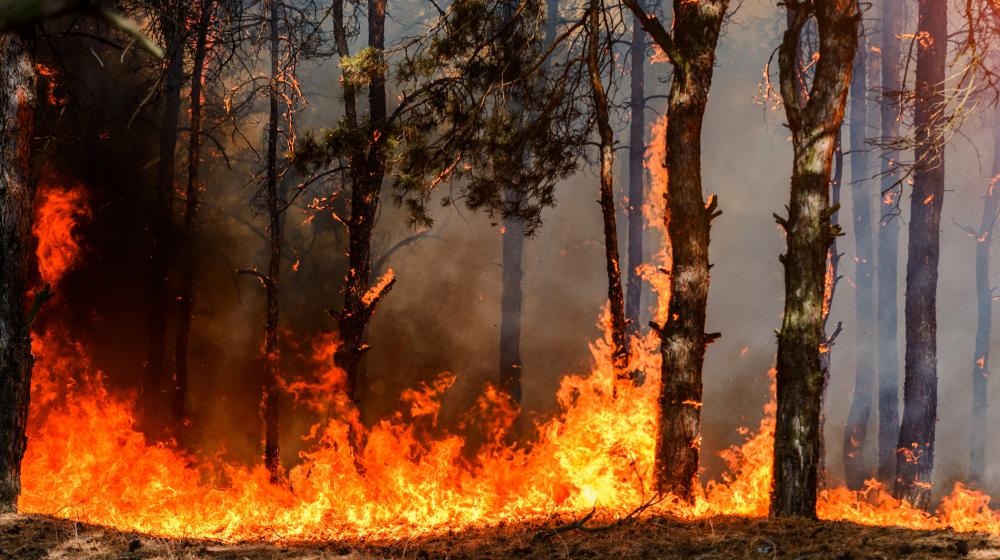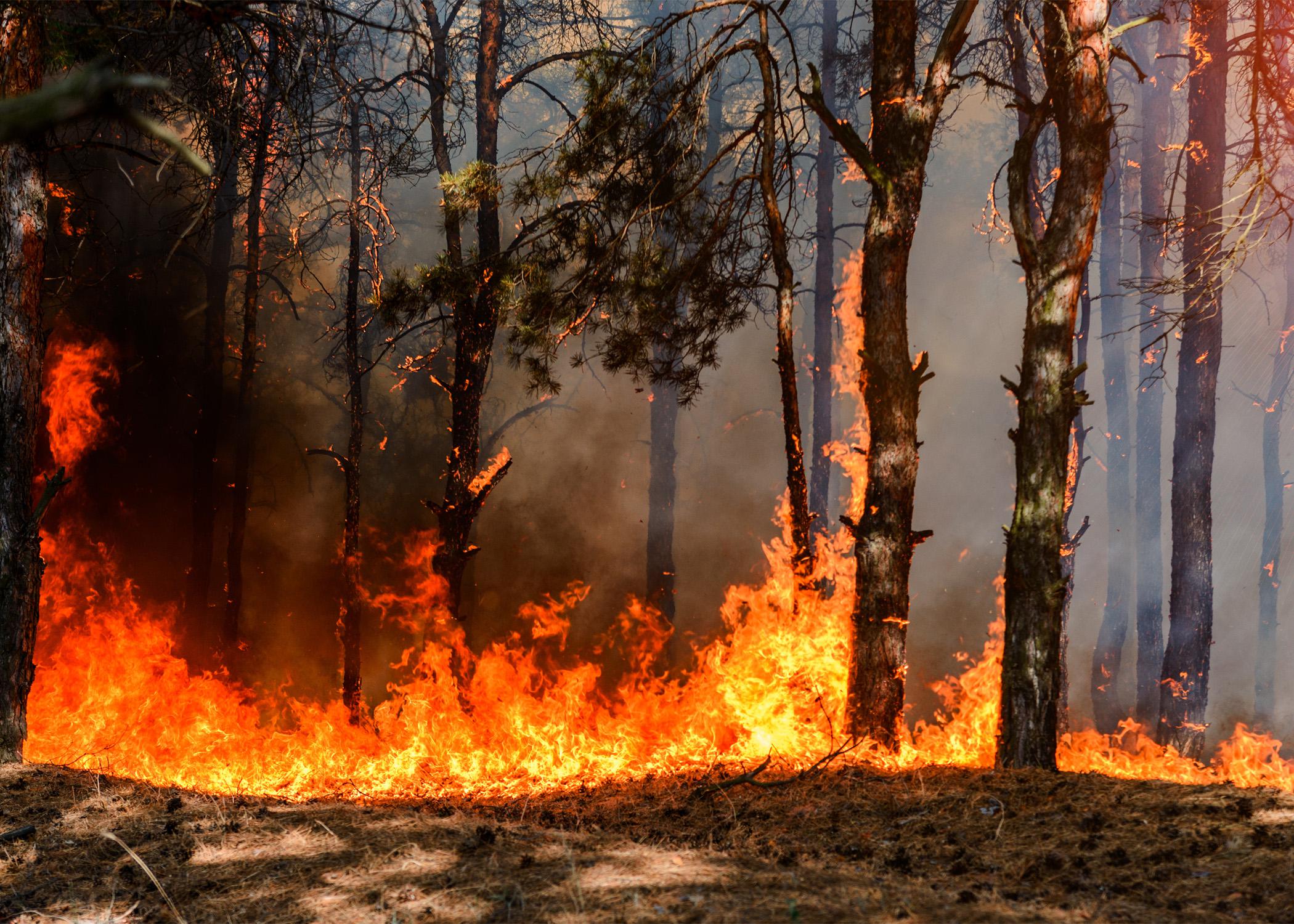Wildfire: Is Your Property at Risk?

Mississippi has ranked among the top half of all states for number of wildfires. For Mississippi, wildfires happen most often in February, March, and April. It is important to take steps to protect your home and other property.
Did you know that wildfire is a common occurrence in Mississippi?
Butch Bailey, a forestry specialist with the Mississippi State University Extension Service, points out that in most years, Mississippi has ranked among the top half of all states for number of wildfires. For Mississippi, wildfires happen most often in February, March, and April.
Mississippi had 2,502 wildfires that burned 52,982 acres, according to the 2024 annual report of the Mississippi Forestry Commission, the agency responsible for responding to and suppressing wildfires. MFC wildland firefighters saved 5,000 structures from those fires.
If you live in the rural-urban interface – areas where human development moves into rural areas – your risk of being affected by wildfire increases.
But you can take some preventive steps to reduce the risk of property damage from wildfire. MSU Extension follows the recommendations of the National Fire Protection Association’s Firewise USA program, which is based on decades of research and outlines simple ways to increase a home’s chances of surviving wildfire.
The home and property around the home is divided into three zones, referred to as the “home ignition zones.”
Start with the Immediate Zone -- the home itself and the area 5 feet out from the furthest exterior point of the home.
- Ensure carports, crawl spaces, and underneath decks are free of combustible materials, including chemicals and dead vegetation.
- Use 1/8-inch metal mesh screening to cover vents, crawl space openings, and to box in underneath decks with.
- Use non-flammable fencing if it will attach directly to the home.
- Keep roofs clean by removing leaves, limbs and pine needles.
- Remove anything that can burn away from the home’s exterior walls. This includes firewood piles.
Move to the Intermediate Zone – Items that are within 5 to 30 feet out from the furthest exterior point of the home.
- Remove vegetation from underneath large stationary propane tanks.
- Create fuel breaks with driveways, walkways, patios, and decks.
- Keep lawns and native grasses mowed to a height of 4 inches.
- Remove any vegetation under trees, called ladder fuels, which can help a surface fire spread to the tops of trees.
- Keep at least 18 feet between trees, sometimes more depending on the slope.
- Keep the mature tree canopy at least 10 feet from the edge of the structure.
- Limit trees and shrubs here to small clusters.
Move to the Extended Zone – Items that are 30 to 100 feet out from the furthest exterior point of the home. Sometimes this can extend to 200 feet, depending on the slope of the property and vegetation present.
In this zone, you want to interrupt a potential fire and keep flames small and on the ground.
- Remove and dispose of heavy accumulations of ground litter, debris, dead plant and tree material, and conifers growing between mature trees.
- Remove vegetation adjacent to storage sheds or other outbuildings.
- Trees should have a minimum amount of space between canopy tops depending on how far away they are from the home, the slope of the property, tree species, and other site-specific conditions. It is best to consult a local forestry professional for individual recommendations.
One last thing: Make sure your address is visible from the road and your driveway has enough clearance for firefighting equipment. This is crucial if there is an emergency.
For more information about wildfires, wildfire prevention, and the Firewise USA program, visit the Mississippi Forestry Commission and the National Fire Protection Association websites.
Subscribe to Extension for Real Life
Fill in the information below to receive a weekly update of our blog posts.









